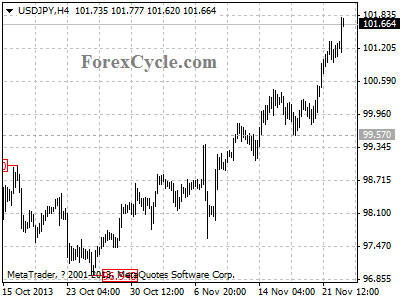Guest Post by Chris James
If you are interested in investing in the world’s finance markets but have limited funds, then spread betting could be the choice for you. With spread betting you have access to a variety of markets and instruments, you don’t need huge amounts of money to start, the system is easy to understand and there are good potential profits. Just be sure to be aware that losses may exceed your deposits. There are many companies that offer spread betting facilities – Capital Spreads, for example, is one of the most reputable.
With spread betting you decide if a financial instrument, market index, share price, or foreign exchange rate will rise or fall. Then you place your bet accordingly. All instruments have a buy price and a sell price. The difference between them is known as the spread, which is measured in pips. If the sell price is 99 and the buy price is 100, then the spread is 1 pip.
For example, if your chosen share has a sell price of 99 and a buy price of 100 but you think it will increase in price, then you buy at 100 in the hope that the sell price will go above that. If rises to 101 and you have bet £10 per pip, then you gain £10. If it goes down, however, you will lose £10 per pip.
If the spread is fixed, the price has to increase by two pips to make a profit so the narrower the spread the better your chances. If the spread is variable, it is possible that you will need a greater change to make a profit as the CFD/SB provider might change the spread depending on market conditions.
When making your bet, you will need to know if your CFD/SB provider is offering a fixed spread or a variable spread. The difference between the two is important, as it will affect your prospects of making a profit.
Fixed spreads are set and do not change irrespective of market conditions. This means that you know exactly how you stand at all times. This allows you to plan your trades with some certainty.
At times of high market volatility, when the spread will normally widen to accommodate the higher risk, you will potentially be able to make greater profits. During quiet markets, however, the opposite is true – variable spreads will narrow giving them the advantage over fixed spreads.
Variable spreads have the advantage of giving the best possible prices at any particular moment in time. When the market is volatile they become wider, making it more difficult for traders to profit. During quiet times they become narrow, offering better terms than fixed spreads.
Whether you choose fixed or variable spreads depends on the type of trader you are. As a day trader, you will probably find fixed spreads more advantageous as they are predictable and independent of market conditions. If you trade on a longer term basis, then variable spreads might be better. This is because you will be able to make your trades during times when spreads are narrow, giving you a better chance of making a profit.
If you want to find out how spread betting works and how it could make a difference in your finances, companies like Capital Spreads will have all the information you need. They even offers a free demo account with a virtual £10,000 start up to let you try it out before you commit yourself.
Spread betting and CFD trading carry a high level of risk to your capital and can result in losses that exceed your initial deposit. They may not be suitable for everyone, so please ensure that you fully understand the risks involved.
Chris James. I am a freelance finance writer with a particular interest in spread betting and CFD trading.


















